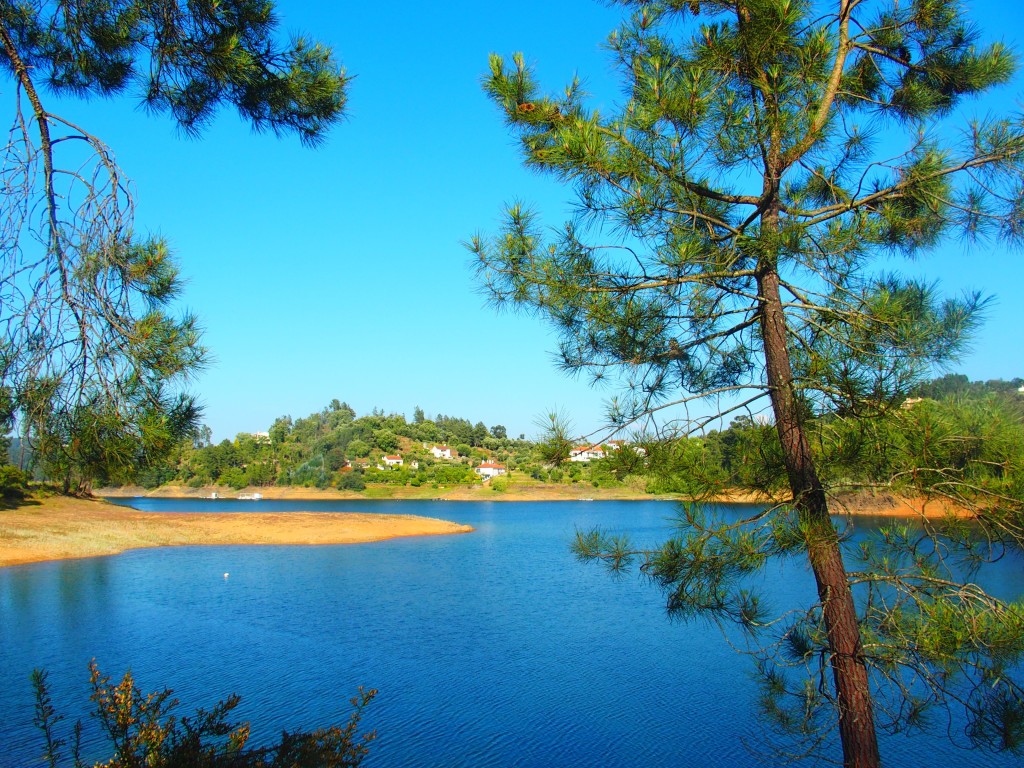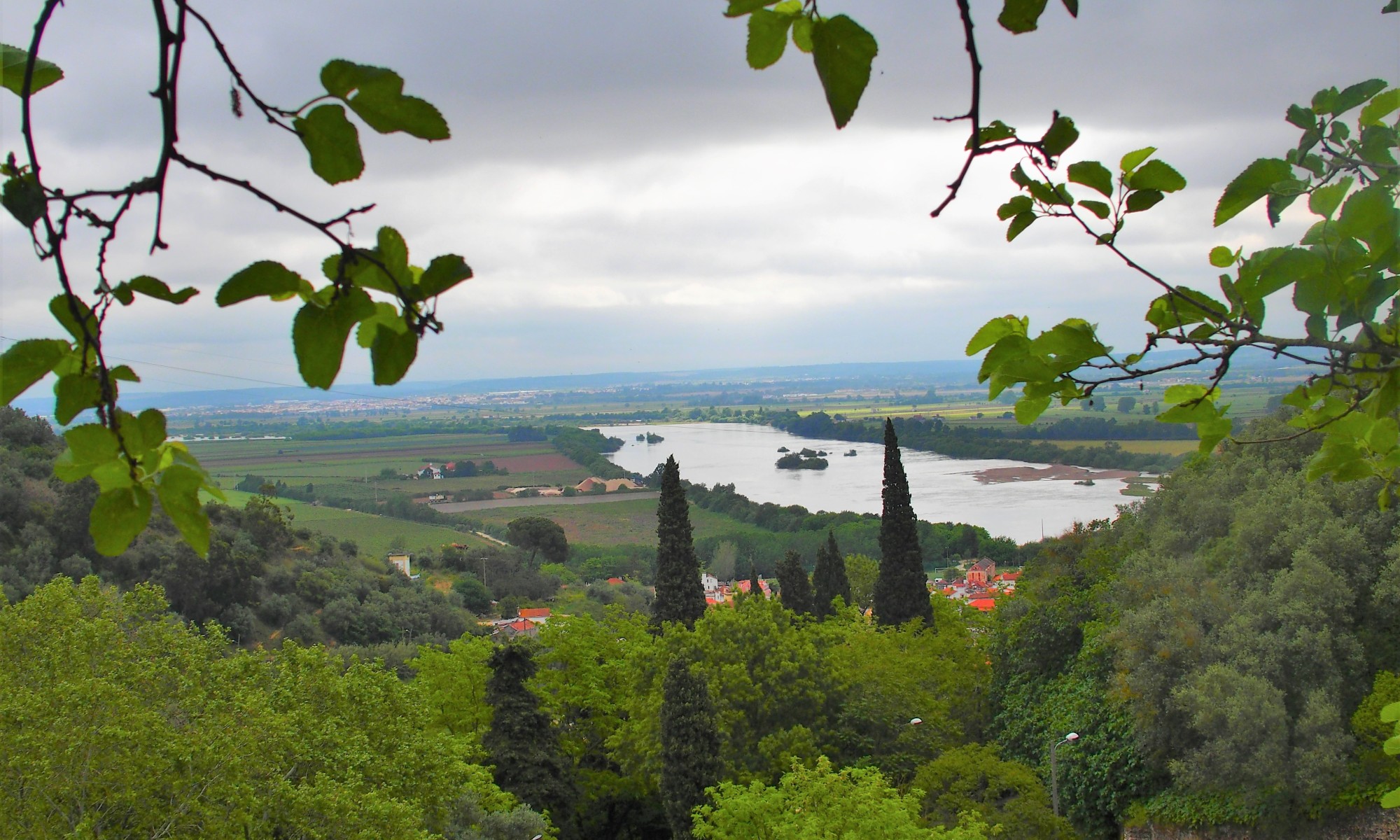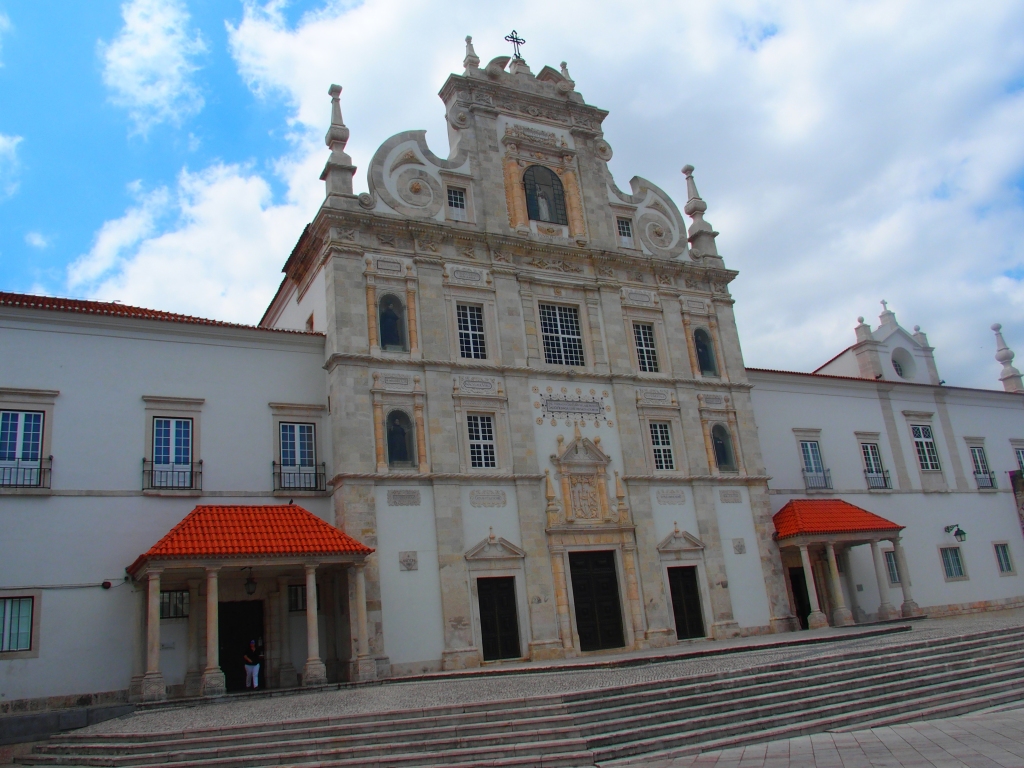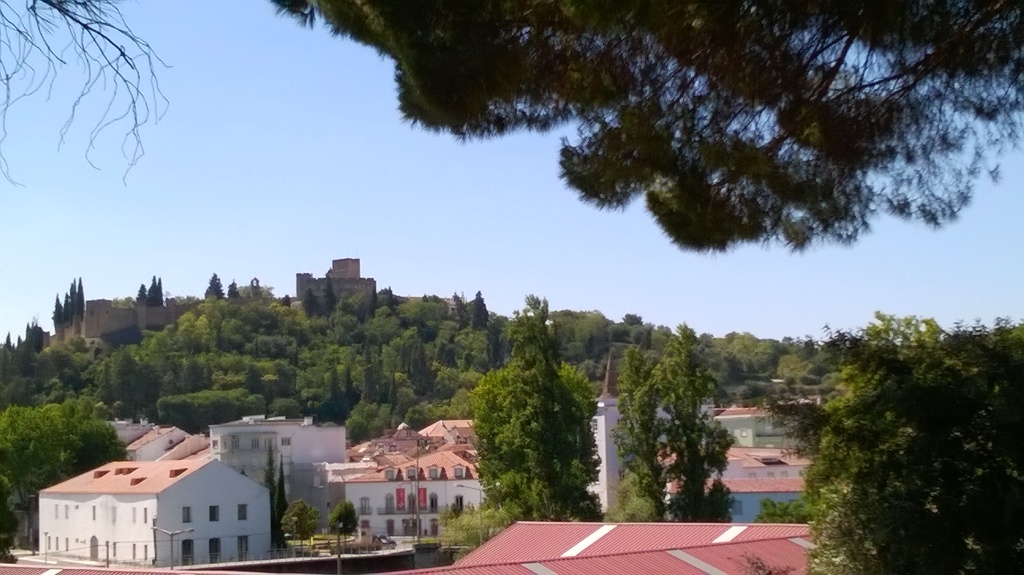Good news. Projections are for inflation to ease in 2024.
Bad news: but that doesn’t necessarily mean life won’t get more expensive.
Several increases were scheduled for the first day of January and others will come, during the year, depending on the economic situation.
Motorway tolls are expected to rise by 2.04% in 2024, while rents will be updated by 6.94%, the highest value since 1994.
However, according to the Harmonized Consumer Price Index (HIPC) inflation is expected to contract from 5.3% in 2023 to 2.9% in 2024, according to the Bank of Portugal (BdP)
As usual, to live comfortably, you need to carefully plan your financial management bearing in mind that Portugal, in general, still offers a lower cost of living compared to many EU and non-EU countries.
This is what to expect in terms of prices and fees for services if you plan to live in Portugal in 2024.
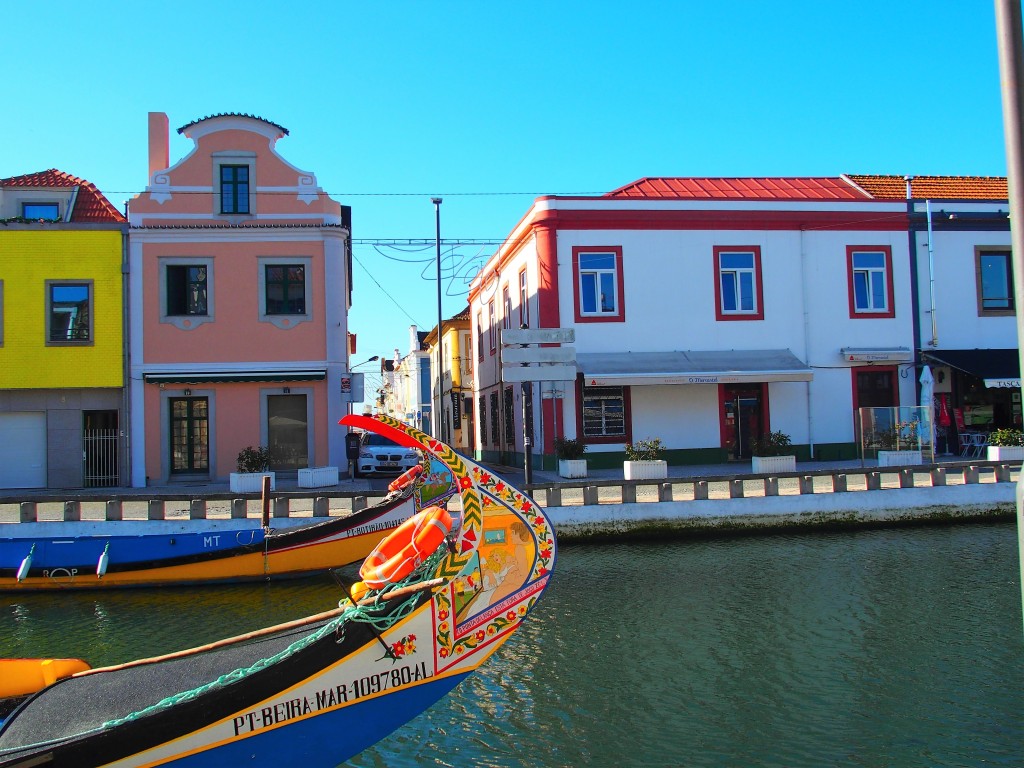
Rents. It may be worth considering alternatives to major towns.
The rental cost is often the factor that significantly impacts the cost of living in Portugal. Depending on which Portuguese city you’re in, prices can vary quite a bit.
For instance, places like Santarém may have average monthly rents for a 2bd-apartment ranging from €900 to €1,300, while Lisbon and Porto can exceed €1,500.
Therefore, if your budget is limited, it’s likely that you won’t be able to cover the cost of living in Portugal while residing in major cities. Within Portugal, Central Portugal takes affordability to another level.
When it comes to budget and safety Central Portugal is a budget-friendly alternative and crime rates are low, as a sense of security pervades daily life. The region hosts nearly 2.27 million inhabitants, a mix of locals and expats. Young families, retirees, and those seeking respite from the urban hustle populate these charming towns. The region has witnessed steady growth over the past decade, with infrastructure improvements and investment pouring in, offering a well-developed environment that balances tradition and progress.
Let’s consider a few alternatives in Central Portugal. Compared to Lisbon, Santarém offers a more affordable cost of living, making it an attractive option in terms of quality of life. Here, you’ll find more budget-friendly property prices. Santarém boasts a large hospital, several public health centres, reputable private healthcare facilities like CUF and a mosque to welcome Muslim communities. Additionally, there are numerous public and private schools. In terms of safety Santarém is a relatively peaceful location.
A 40 min drive will take you from Santarém to Tomar, hosting one of the best-preserved historic centres, a Templar castle and a convent which is A UNESCO World Heritage Site. Tomar’s central square, surrounded by charming cafes and historic buildings, its urban parks and bike lanes invite residents to savour local life in a sustainable way. Tomar welcomes those who seek tranquillity, safety and cultural immersion. While the nearby lake or Lago Azul (Blue Lake) offers swimming and water sports facilities to those opting for a more dynamic lifestyle. The town hospital and clinics offer a comprehensive healthcare network and the education istitutions include a polytechnic college. There may be few options for rental but excellent opportunities of real estate investment as the town is a tourist gem.
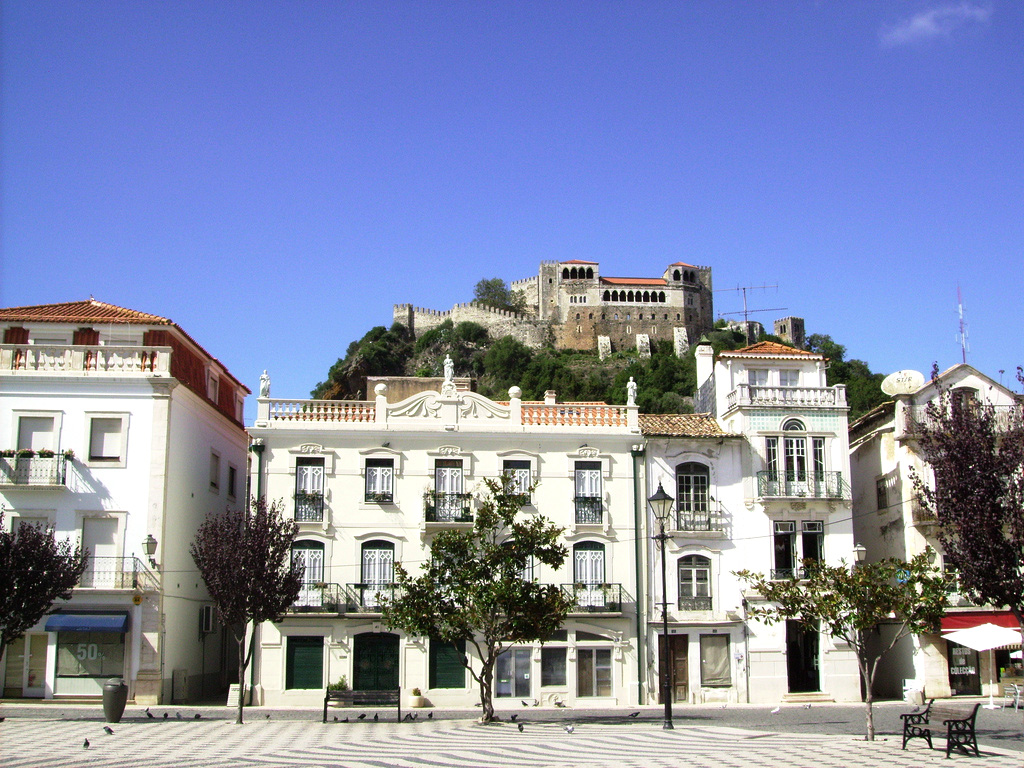
Further north, Leiria offers a blend of tradition, modernity, and coastal charm. Its hospitals and clinics ensure accessible and quality healthcare, the two international schools offer a British and Portuguese curricula and a mosque offers a school and a community centre. The castle on top of the hill overlooks a lively square in the heart of Leiria’s historic centre. While a 30 min drive will take you to São Pedro de Moel for a brisk walk on the beach. The average monthly rents for a 2bd-apartment ranges from €700 to €1,000.
Transport: Buses, subways, trams, and other forms of public transportation are highly functional in major cities, and you can use convenient and rechargeable cards and passes. Usually, passes are much cheaper, but depending on your needs you can choose prepaid cards, daily tickets or passes. For instance this is the link to Mobilis in Leiria https://mobilis.pt/
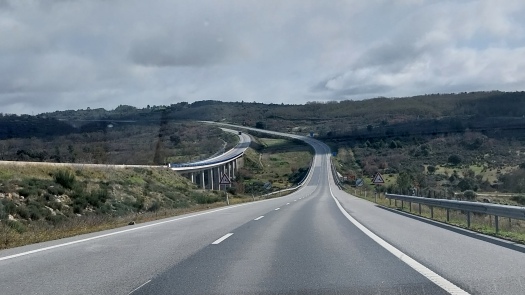
Tolls. In 2024, traveling along the A1 motorway, between Lisbon and Porto, will cost €23.9, an increase of €0.45 compared to 2023, according to a statement from concessionaire Brisa in December.
The toll on the A2, between Lisbon and the Algarve, will increase by €0.30, rising to €22.7. Even so, 65% of the rates applied to class 1 vehicles will remain unchanged, according to the concessionaire Brisa.
In any case, you may check the toll for each motorway here: https://www.imt-ip.pt/sites/IMTT/Portugues/InfraestruturasRodoviarias/RedeRodoviaria/Paginas/TaxasdePortagem.aspx
Railway. Comboios de Portugal, or CP the national rail company in Portugal, announced an average increase of 6.25% in tickets for Alfa Pendular and Celta and 6.43% for other trains.
However, the cost of subscriptions and passes will not change.
With the new fares, in force from January 1st, an Alfa Pendular ticket between Lisbon and Porto, in second class, one way, for example, goes from €31.90 to €33.90.

Fuel prices. The year 2024 begins with good and bad news regarding fuel prices: diesel is expected to fall, but gasoline could rise. Here you can check prices daily updated: https://www.maisgasolina.com/
Electricity. If you are in the regulated market, as is the case with 940 thousand consumers, your electricity bill will rise by around 3% for the most common consumption profiles. In practice, the bill should rise between 1 and 3 euros due to this increase.
This is the result of a strong increase (316%) in access tariffs, which are common to all operators, but also of a drop in the estimated cost of energy purchased by the supplier of last resort (CUR) and then resold to the consumer.
For the 5.5 million customers in the liberalized market, it is certain that the 316% increase in access tariffs, which are common to all operators, will have an impact on the electricity bill. However, each operator has its own tariffs based on its cost structure, so it is not possible to predict exactly the impact this measure will have on all consumers. Here are some tables to compare rates: https://www.deco.proteste.pt/casa-energia/eletricidade-gas/noticias/precos-eletricidade-aumentam-2024
Natural gas: Natural gas tariffs for families in the regulated market increased by 0.6% last October, compared to prices charged in September.
Compared to the average gas price of the previous 2 years (2022-2023), consumers in the regulated market suffered an average increase of 1.3% in the final sales price, which means an average monthly increase of between €0.10 and €0.15 .
Water. Water bills vary from city to city, as each one has its own price. However, in all regions you will need to pay a VAT (Value Added Tax) rate, which is 6%. Generally, a household with two people can spend around €40 to €50 per month using the washing machine and dishwasher.

Telecom. The three main telecommunications operators Meo (Altice Portugal), NOS and Vodafone Portugal have increased their tariffs starting from February 1st, though the regulator Anacom asked for “restraint” on the increase. All increases are calculated with reference to the inflation rate, based on the INE (National Stats Institute) consumer price index for 2023.
Food. Food prices were expected to rise by 12% as this is what has happened in all countries that applied 0% VAT to a basket of essential goods and then revoked the measure, causing prices to skyrocket to twice the value of the fee which is 6%.
In fact, in the first week of March, the price of the food basket fell again. Buying 63 essential food items now costs €233.46 . According to data from DECO PROTESTE, this is the second consecutive week that the price of this food basket has fallen, although in the previous week the drop was merely €0.36.

Two years ago, it was possible to buy exactly the same amount of food for €49.82 less. Here you can compare the graph for the last 3 years: https://www.deco.proteste.pt/familia-consumo/orcamento-familiar/noticias/precos-estao-aumentar-alimentos
Nevertheless, in the last year, between March 8, 2023 and March 6, 2024, the product whose price increased the most in percentage terms was the extra virgin olive oil, which a year ago cost €6.91 and now costs €10.81. This is an increase of €3.89, or +56%. Why is this? Well, rising demand (from export markets) has coincided with supply shortages. Prolonged heat waves, droughts and extreme weather are stymying production throughout the Mediterranean region.
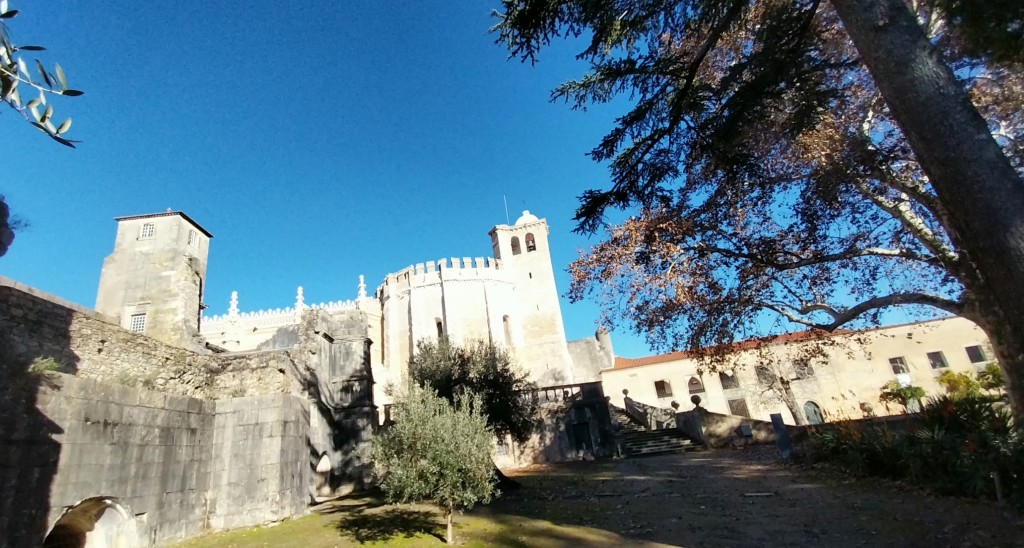
Whether you’re a prospective expatriate, a digital nomad, or simply curious about life in this sun-kissed nation, understanding the financial landscape is crucial. Portugal continues to be an attractive destination for those seeking a more budget-friendly lifestyle. From groceries to transportation, your wallet will likely breathe a sigh of relief.
As you consider your next chapter, remember that life here isn’t just about euros and cents—it’s about embracing the sun-drenched shores and the peaceful streets of Portugal historic towns.
